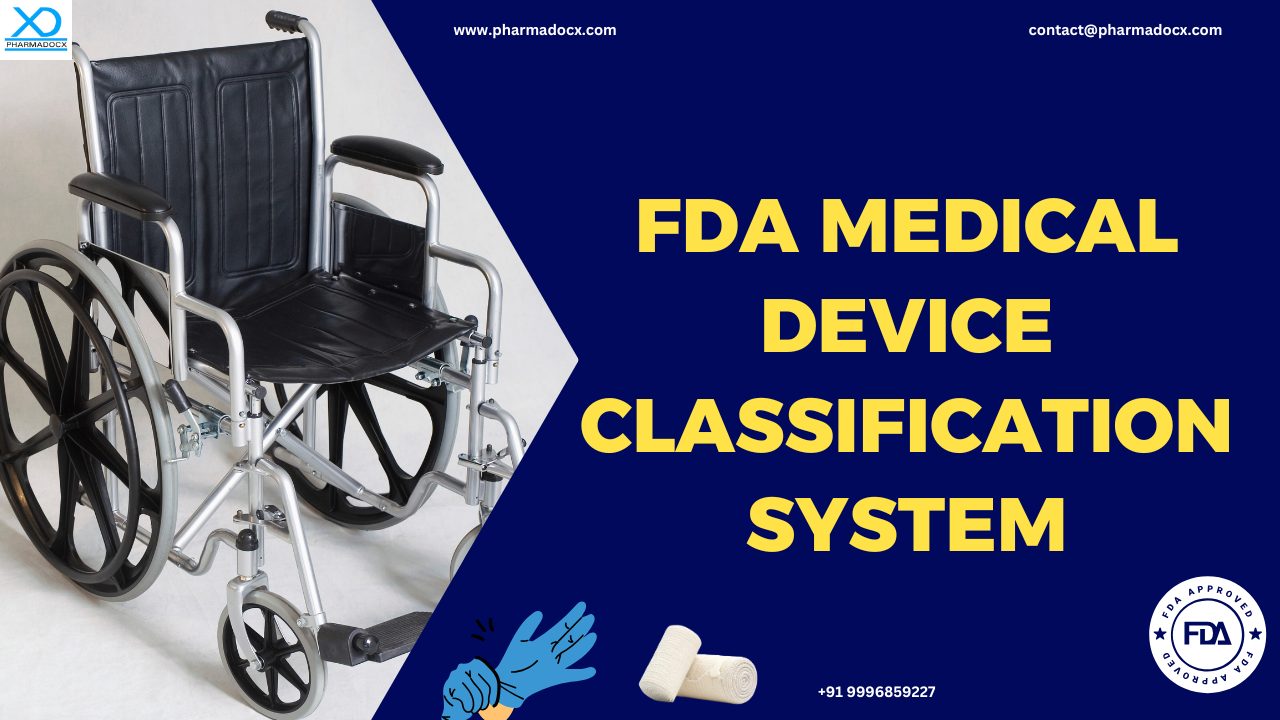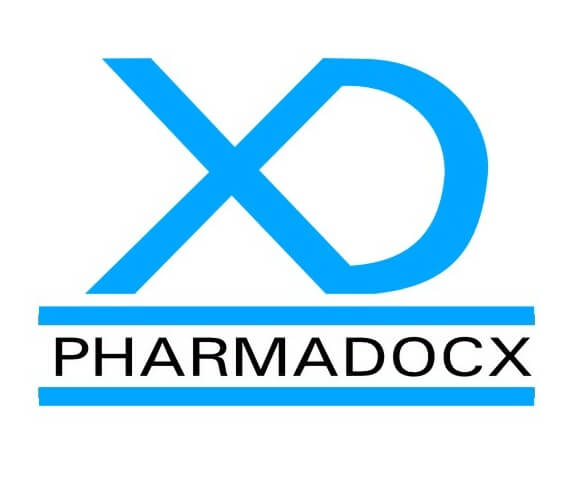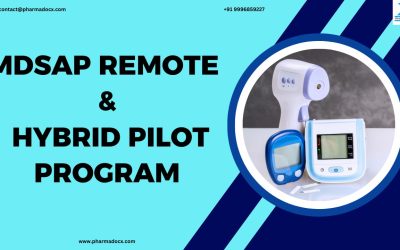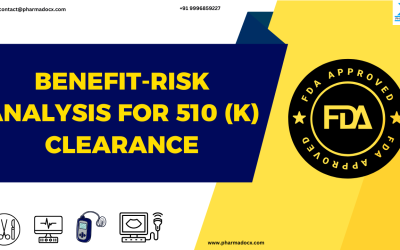The FDA classifies medical devices into three categories based on associated risk level. Each device class requires a different level of regulatory control. These guidelines are in place to ensure the safety and effectiveness of the device. Hence, manufacturers and importers seeking FDA clearance will have to be aware of the FDA medical device classification system.
What is the FDA medical device classification system?
The FDA medical device classification system is a risk-based framework. It determines the level of regulatory control needed to ensure the safety and effectiveness of medical devices marketed in the United States. Devices are classified based on the potential risk they pose to patients and users.
4 Key factors that determine classification
- Intended use of the device, including diagnostic, therapeutic, monitoring, or preventive purposes.
- Indications for use, specifying the disease/condition and target patient population.
- Risk level the device poses to patients and users.
- Regulatory pathway determined by the data necessary to demonstrate safety and effectiveness
Intended use and indications for use define the device’s purpose and target population, influencing its classification. Each class has specific regulatory controls.
FDA medical device classification system affects:
- Regulatory submission type and timeline
- Depth of clinical evidence required
- Labeling and marketing claim necessary
- Post-market obligations for the medical device
FDA medical device classes
The US FDA has classified medical devices into three classes, namely Class I, Class II, and Class III. The classes are arranged in increasing order of risk level.
Class I: Low risk devices
Class I medical devices are deemed to present minimal risk to patients and users. These devices are the lowest risk devices in the FDA medical device classification system. Hence, the majority are exempt from the FDA’s 510(k) premarket notification requirement. They are mainly subject to general control. However, certain class I devices, such as examination gloves, still necessitate 510(k) clearance prior to U.S. market entry.
Common examples of Class I devices that are exempt from 510(k) are bandages, tongue depressors, manual stethoscopes, and non-powered wheelchairs.
To ensure compliance with FDA regulations, manufacturers of Class I devices must adhere to the following FDA general controls:
- Establishment registration and device listing
- Appointment of a U.S. Agent for foreign manufacturers
- Labeling in accordance with FDA requirements
- Reporting of adverse events and device malfunctions
- Conformance with Quality System Regulation (21 CFR Part 820), now superseded by the Quality Management System Regulation (QMSR)
Notably, owing to their exemption from 510(k) submission, most Class I devices benefit from a streamlined regulatory pathway. This facilitates faster and more cost-effective access to the U.S. market.
Class II: Moderate risk devices
Class II medical devices present a greater risk than Class I devices and are subject to both general and special regulatory controls. The majority of Class II devices require FDA 510(k) premarket clearance. The FDA 510(k) premarket clearance process involves demonstrating substantial equivalence to a legally marketed predicate device.
Examples of Class II devices are powered wheelchairs, surgical drapes, infusion pumps, and diagnostic imaging systems.
To ensure safety and effectiveness, the FDA mandates the following regulatory controls for Class II devices:
- Compliance with performance standards
- Implementation of post-market surveillance protocols
- Adherence to special labeling requirements
- Submission of clinical performance data (as applicable)
- Establishment registration and device listing
- Appointment of a U.S. Agent for foreign manufacturers
- Reporting of adverse events and device malfunctions
- Conformance with FDA’s Quality System Regulation (21 CFR Part 820), now superseded by the Quality Management System Regulation (QMSR)
Unless specifically exempt, Class II devices must undergo 510(k) clearance. They have to confirm equivalence with an existing predicate device that has been legally marketed in the US. Their safety and performance for U.S. market entry have to be properly validated.
Class III: High risk devices
Class III medical devices represent the highest risk category of medical devices in the FDA medical device classification system. They are typically intended to sustain or support life, be implanted, or present significant potential for harm if they fail. Due to their critical nature, these devices require rigorous regulatory oversight, including Premarket Approval (PMA) by the FDA, to validate their safety and effectiveness.
Examples of Class III devices are implantable pacemakers, heart valves, and breast implants.
The PMA process mandates comprehensive clinical trial data and scientific evidence to support the device’s intended use. The FDA conducts an in-depth review of these submissions, given the life-supporting or high-risk applications involved. This scrutiny ensures that Class III devices meet the highest standards of safety, performance, and reliability before entering the U.S. market.
A summary of the regulatory requirements for the FDA medical device classification system
| Class | Risk Level | Regulatory Controls | Submission Pathway | Examples |
| Class I | Low | General controls | Mostly exempt from 510(k) | Bandages, tongue depressors |
| Class II | Moderate | General + Special controls | 510(k) required (unless exempt) | Infusion pumps, surgical drapes |
| Class III | High | General controls + PMA | Premarket Approval (PMA) required | Pacemakers, heart valves |
Different regulatory pathways for FDA medical device classification system
- 510(k) Premarket Notification: The 510(k) pathway is the most commonly used route for Class I and Class II devices. Under this process, manufacturers must demonstrate that their device is substantially equivalent to a legally marketed predicate device. They have to prove their device is as safe and effective as the legally marketed predicate device. In most cases, extensive clinical trials are not required, thereby streamlining the regulatory approval process. 510(k) pathway offers a faster time-to-market and lower regulatory burden. It is ideal for incremental innovations or line extensions. However, it has certain limitations, such as predicate dependency and limitations on novel claims.
- Premarket Approval (PMA): Class III devices, which typically support or sustain life or pose significant risk, require Premarket Approval. The PMA process involves rigorous clinical testing to establish reasonable assurance of safety and effectiveness. A comprehensive scientific review is conducted by the FDA to establish the device’s safety and effectiveness for its intended use. The labels and risk mitigation strategies for the device are evaluated. PMA has the longest and most resource-intensive pathway as well as involves high regulatory scrutiny. It can be used for novel and high-risk technologies with breakthrough potential.
- De Novo Classification: The De Novo pathway is designed for novel devices that lack a predicate for comparison but are low to moderate risk. If the device is determined to be of low to moderate risk, the FDA may assign it to Class I or II, thereby bypassing the need for PMA. This route enables innovative technologies to enter the market with appropriate regulatory controls. The De Novo pathway creates a new classification regulation for future predicates. Notably, it is ideal for digital health, diagnostics, and emerging tech. Moreover, it requires robust risk mitigation and regulatory intelligence.
Important points to keep in mind
We have presented some important regulatory requirements for FDA medical device classification system to keep in mind.
- Exempt Devices: If your product is classified as “exempt,” it is subject only to general regulatory controls and does not require formal premarket submission to the FDA. However, you must still complete establishment registration and device listing with the FDA prior to commercial distribution.
- Devices requiring special controls (510(k)): If your product falls under a category that mandates special controls, you must submit a 510(k) premarket notification to the FDA. This is required to demonstrate substantial equivalence to a legally marketed predicate device. Once clearance is granted, you must proceed with establishment registration and device listing.
- Devices requiring premarket approval (PMA): For high-risk devices, you must undergo the premarket approval(PMA) process. It involves submitting comprehensive scientific and clinical evidence to the FDA. Approval must be obtained before initiating any commercial activity.
Navigating the FDA medical device classification system can be a tricky task. We as a pioneer US FDA 510(k) consultant can make the process easy for you. Email at [email protected] or call/Whatsapp on 9996859227 to let our team of experts help you.





